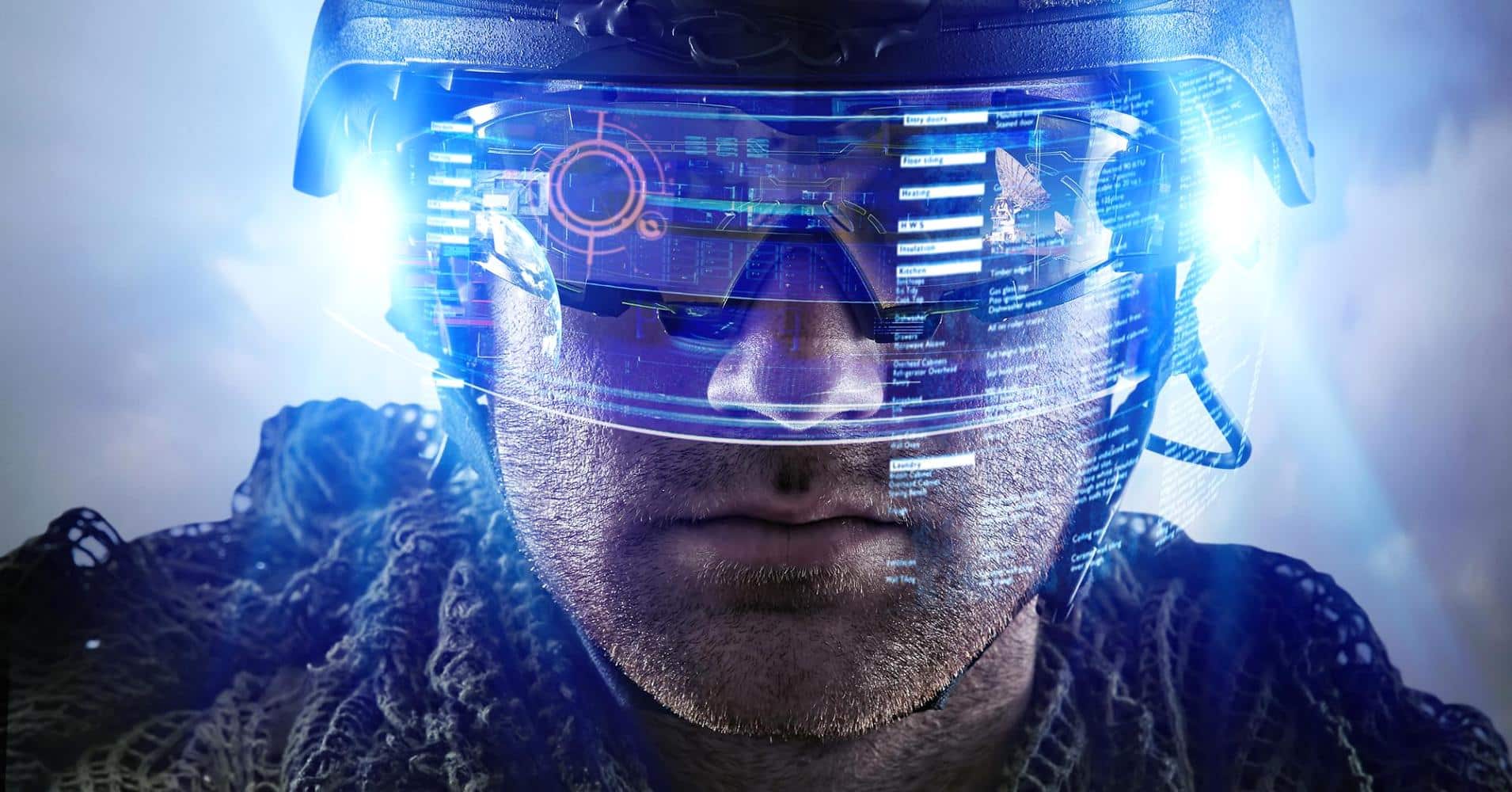Move past augmented reality and HoLolens, bud- a bunch of rookies fuelled by ramen and energy bars are inventing the future of mind reading.
Paradromics, a California-based start-up, aims to create a brain implant that works as speech prosthesis, helping the many people who have lost contact with their loved ones due to speech disabilities. And they believe the solution to this problem- mind reading.
The idea is to squeeze a device the size of a mobile phone into a chip small enough to insert into a human brain, where it would “read” nerve signals and replace senses and abilities lost due to injury or diseases; when the person wants to vocalize something they think the words and the chip translates those brainwaves into words and feeds them to an external voice box, that acts as a speaker.
“When we started in 2015 and talked about a data link for the brain, no one realized how close we were to commercialization,” says Paradromics’ Matt Angle.
The start-up, joining the likes of Facebook and Elon Musks’ growing interest in neuroscience, is currently working in a small warren of scruffy offices to perfect a stuffed-mouse mockup after winning an $18 million Pentagon
contract last month, vaulting it into the top ranks of Silicon Valley companies surging into the field of brain-machine interfaces. Paradromics initial focus is interface products which they expect, will someday let the blind see, the deaf hear, and patients with ALS speak.Over the last few years, companies and academic labs have created tools — usually external headsets or electrodes that collect signals from a few neurons — to help people with disabilities use thoughts to type or control prosthetic limbs, or to enhance immersive virtual-reality games.
Angle said he hopes to create “a modem for the brain.”
“More data is better,” he said, describing plans for a brain implant that would move signals from neurons wirelessly through the skull to a decoder. The implant — comprising four chips, each 1 centimeter square and 1 millimeter thick — would have 200,000 gold wires in all, each of which can detect signals from up to five neurons.
The cortical modem concept is the brainchild of DARPA, the US Defense Research Projects Agency. Originally founded in 1958 in response to the launch of Sputnik, DARPA is the US military’s research and development agency. It’s perhaps best known outside of military circles for the development of ARPANET, an early packet switching network that formed a precursor to the Internet.
The cortical modem is rooted in the field of optogenetics, which involves studying and even controlling specified cells within living tissue by shining light on them. Light-responsive proteins can be added to the brains of living beings, allowing scientists to turn neurons on or off with never-before-seen precision. They can then study neurological activity — at the same event presenting real-time visual maps of mouse thoughts — and potentially even control that activity, perhaps one day correcting neurological disorders.
The cortical modem could do just that, restoring sight to someone with sight loss. Optogenetics is still a relatively young field of study, however, and has yet to be tested in humans — it would require fiddling around with the DNA in a subject’s neurons, which, let’s face it, isn’t the sort of project you dive into on a Friday afternoon.
Angle said a model of his device for animal research should be available next year, but it might be a decade before it’s ready to be sold to people. Other firms have yet to lay out a timeframe for commercialization.
Whether implanted into a person’s skull or peering inside, these two-way devices would read neuronal signals, and convey sights, sounds, and other sensations back to the brain.
For speech, connecting to that many neurons might allow greater fluency. For prosthetic arms, a wider range of motion. For vision — high definition, full-color input, just like healthy eyes.
Angle plans to get information from 1 million discrete neurons using just 200,000 wires by solving the “cocktail party problem.” A few microphones can each pick up a few voices that might sound garbled or mixed up. “Our concept is, you just need to get enough microphones in the party, space them out appropriately, and record from as many people as possible,” he said. The “voices” — neuronal signals — can be teased apart and translated by computers.
The Paradromics team recognize the challenges ahead but feel positive about the future. They describe their workflow process as similar to computer vision projects — “but instead of 30 frames per second we have 30,000!” For now, Angle’s goal is to have a workable investigational device by the end of DARPA’s allocated four years, ready to start a round of clinical trials. His confidence derives partly from experiments by Stanford scientists who have already proved the concept with aspirin-sized implants that let a patient with ALS move a cursor to a target on a computer screen simply by thinking about it.






























